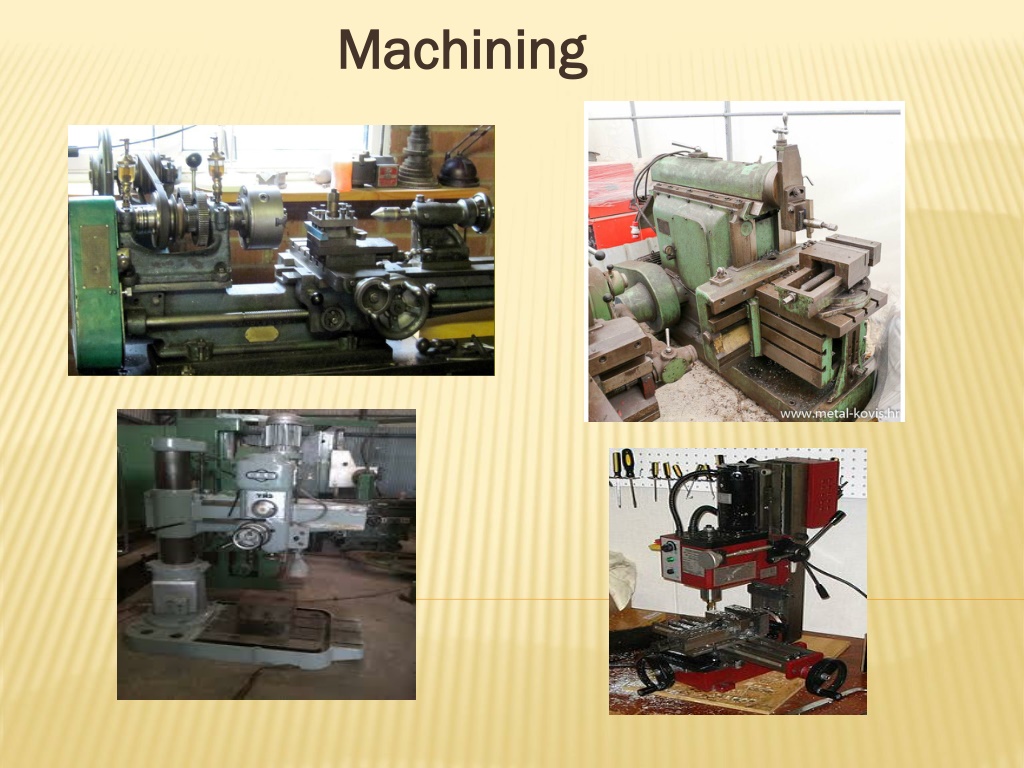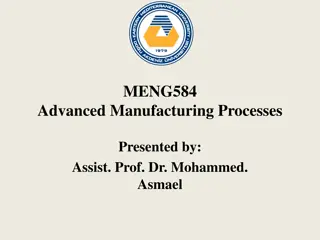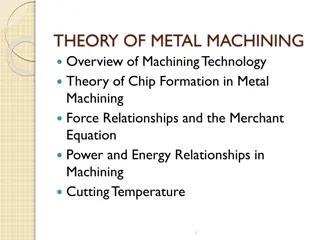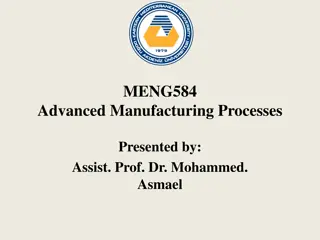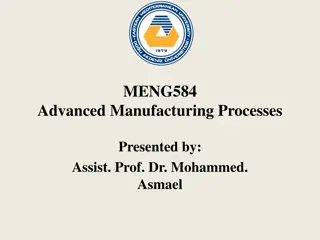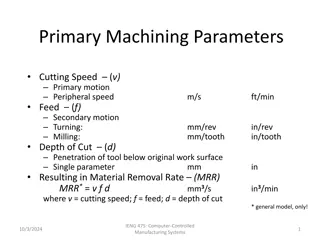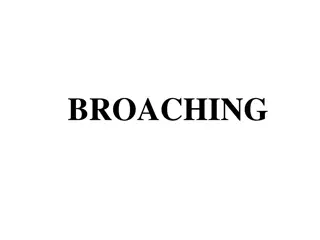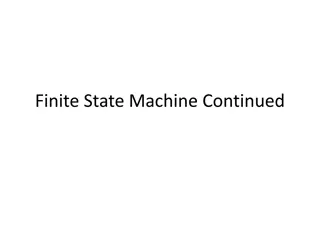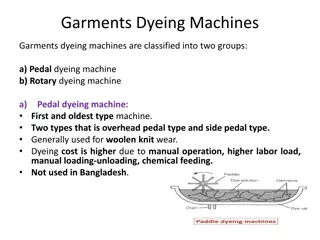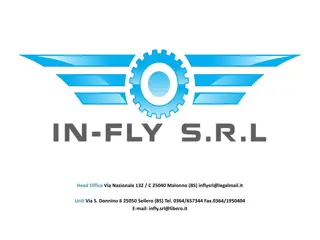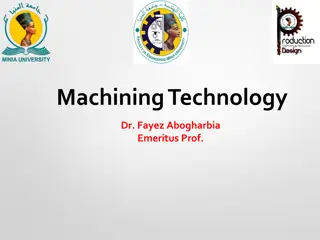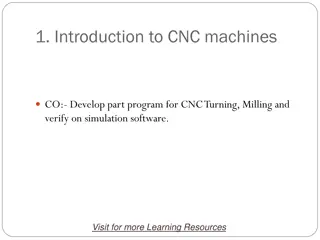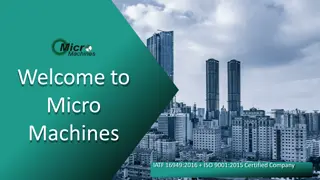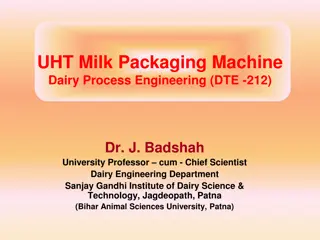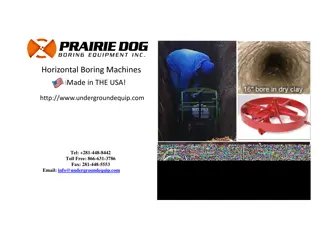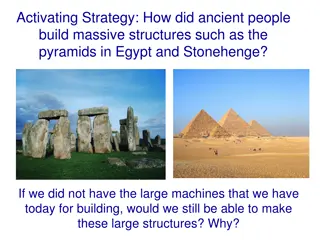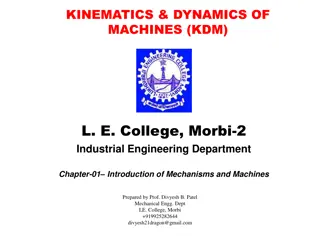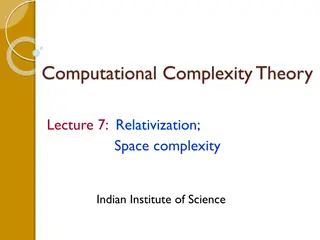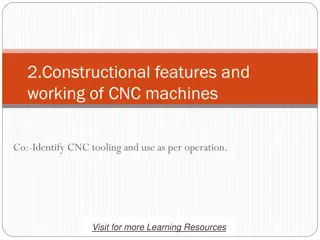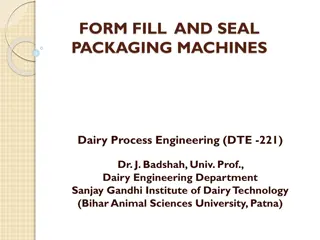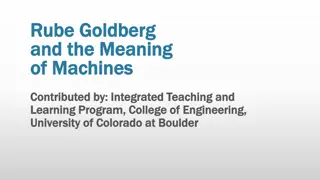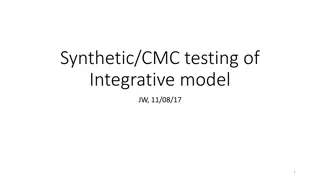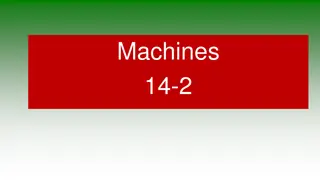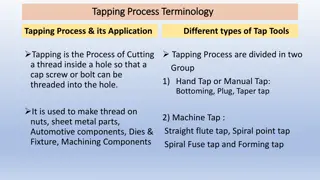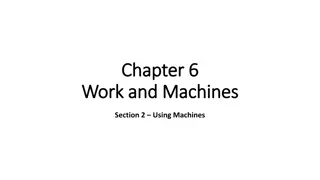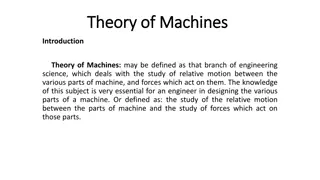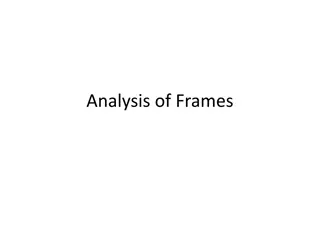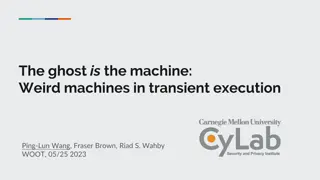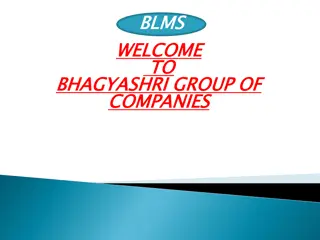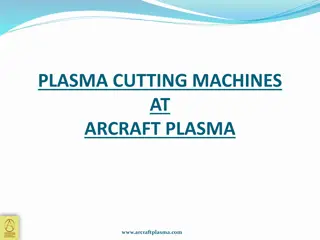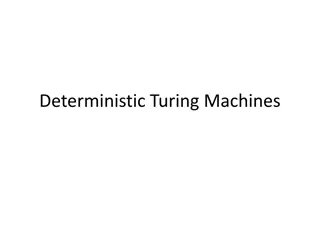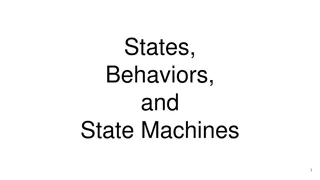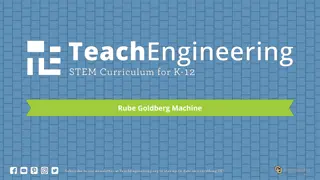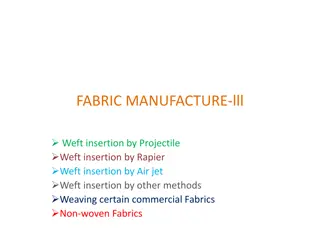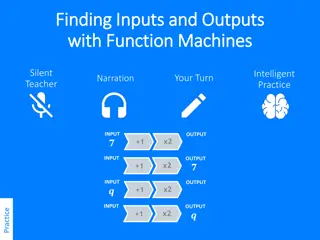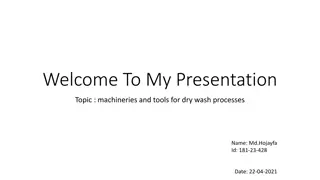Overview of Machining Processes and Machines
Covering lathe machine, shaping machine, drilling machine, and their functionalities, this content explores essential machining processes, tools, and principles used in industries. Detailed descriptions and images provide insights into how these machines work and their key components like the headstock, bed, spindle, and more.
Uploaded on Oct 03, 2024 | 0 Views
Download Presentation

Please find below an Image/Link to download the presentation.
The content on the website is provided AS IS for your information and personal use only. It may not be sold, licensed, or shared on other websites without obtaining consent from the author. Download presentation by click this link. If you encounter any issues during the download, it is possible that the publisher has removed the file from their server.
E N D
Presentation Transcript
Machining Machining
LATHE MACHINE A lathe lathe is a machine tool which rotates the workpiece on its axis to perform various operations such as cutting, sanding, drilling, or deformation, facing, turning, with tools that are applied to the workpiece to create an object which has symmetry about an axis of rotation. Turning Facing Driling
3-jaw 4-jaw -The work piece is clamped onto a horizontal rotating shaft by a 3-jaw or 4-jaw clutch. Main parts: Main parts: Bed Bed. This is usually a horizontal beam that holds the other parts. Headstock Headstock. The headstock contains the high precision bearings which hold the horizontal axle, more commonly known as the spindle. Spindle Spindle. This is a hollow horizontal axle with interior and exterior threads on the inboard by which the woodworking pieces can be mounted on. Tailstock Tailstock. This is the counterpart of the headstock which contains a non-rotating barrel that can slide in and out directly in line with headstock spindle parallel to the axis of the bed. Cross Cross- -slide slide. This is a flat piece that sits crosswise on the bed which can be cranked at right angles with the bed. Tool Post Tool Post. Sits on top of the cross-slide and holds the cutting tool in place. Tool Rest Tool Rest. A horizontal area in line with the spindle and the tailstock from which hand tools are braced against and levered into the workpieces.
SHAPING MACHINE The shaping machine shaping machine is used to machine flat surfaces,grooves,shoulders,T-slots and angular surfaces with single-point tool. Working principle Working principle The tool is held in the tool post of the reciprocating ram and perform the cutting operation during its forward stroke.During the backward stroke of the ram, the tool does not remove material from the workpiece. For shaping in horizontal direction,the depth of cut is adjustable by moving the tool downward towards the workpiece.
DRILLING MACHINE A drilling machine is a tool used for drilling holes in various types of wood, plastic and metal with a twist drill.By changing the cutting tool, they can be used for reaming, boring, counterboring,countersinking and threading. A drill press has a number of advantages over a hand A drill press has a number of advantages over a hand- - held drill: held drill: -Less effort is required to apply the drill to the workpiece. -The angle of the spindle is fixed relative to the table,allowing holes to be drilled accurately and consistently -Drill presses are almost always equipped with more powerful motors compared to hand-held drills
T They can be used to do: hey can be used to do: Reaming and boring Counterboaring Counetrsinking Threading
Milling machine The milling machine uses a rotating cutting tool to cut flat surfaces,grooves and shoulders,inclined surfaces and T-slots.Cutters of many shapes are changed to cut different grooves. Milling Milling is a cutting process a milling milling cutter to remove material from the surface of a workpiece. The milling milling cutter is a rotary cutting tool, often with multiple cutting points process that uses
Face milling Face milling is the milling perpendicular to the cutter axis. Face milling Face milling produces flat surfaces and machines work to the required length. In face milling face milling, the feed can be either horizontal or vertical. milling of surfaces that are Horizontal Vertical
